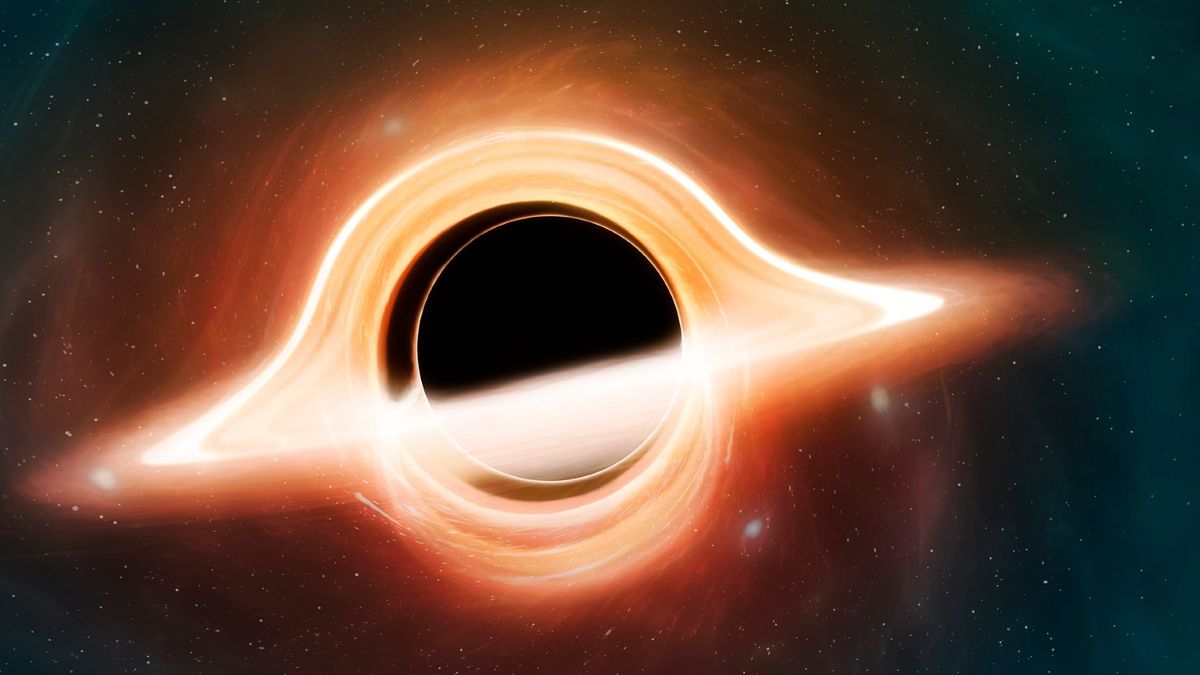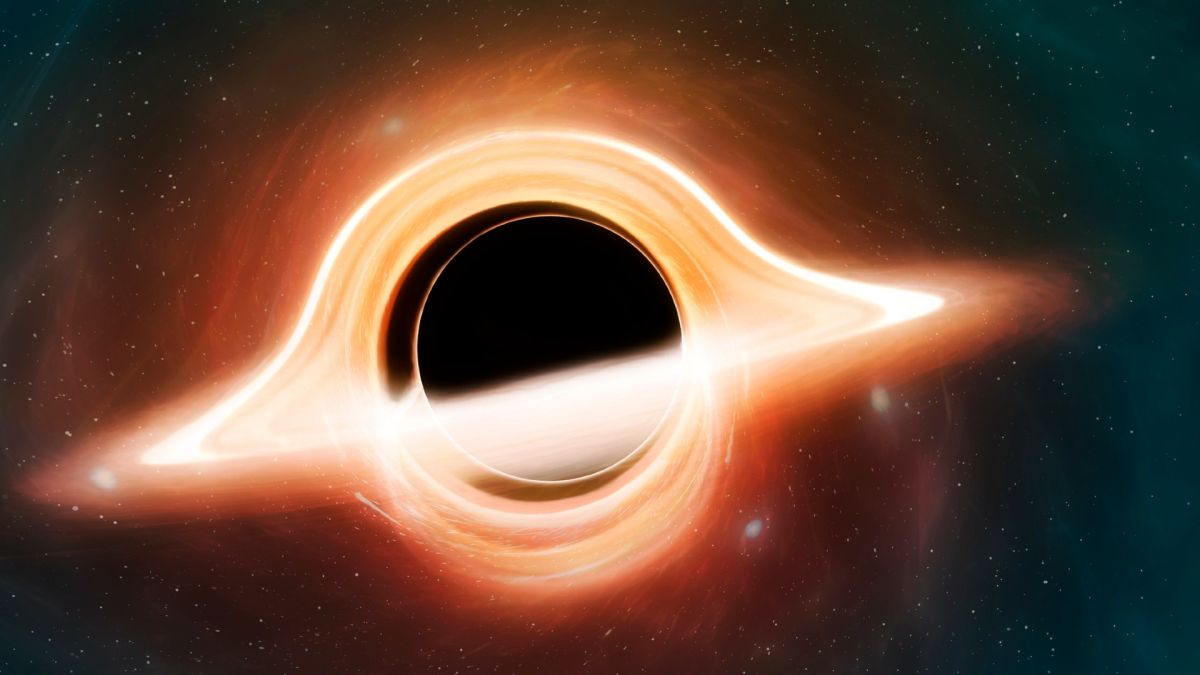
When astronomers discovered that the universe is expanding at an accelerating rate, they theorized that some force must be pushing things farther apart and overcoming gravity, which should be slowing things down. That force was suggested to be dark energy, but no one has ever figured out from where it comes.
But a team of 17 international researchers led by the University of Hawaii has discovered the first evidence for the origin point of dark energy: Black holes.
Black holes acquire mass in two ways: accretion of gas and mergers with other black holes. But in studying nine billion years of black hole evolution in dormant giant elliptical galaxies, the researchers discovered that the older black holes are much larger than they should be based on those two methods of growth. That means there must be another way these black holes are acquiring mass. Researchers suggest the answer is dark energy in the form of vacuum energy, “a kind of energy included in spacetime itself … [that] pushes the universe further apart, accelerating the expansion,” according to a statement (opens in new tab).
Related: Black holes: Everything you need to know
“If the theory holds, then this is going to revolutionize the whole of cosmology, because at last we’ve got a solution for the origin of dark energy that’s been perplexing cosmologists and theoretical physicists for more than 20 years,” Dr. Chris Pearson of STFC RAL Space, a co-author of a study on the discovery, said in a statement.
RELATED STORIES:
The idea that black holes are a source of dark energy isn’t new. In fact, it’s part of Einstein’s theory of general relativity. But this is the first time astronomers have obtained observational evidence to support the theory.
“We’re really saying two things at once: That there’s evidence the typical black hole solutions don’t work for you on a long, long timescale, and we have the first proposed astrophysical source for dark energy,” said study author Duncan Farrah, University of Hawaii astronomer, in the statement.
A paper on the team’s research was published in The Astrophysical Journal Letters (opens in new tab) on Wednesday (Feb 15).
Follow Stefanie Waldek on Twitter @StefanieWaldek (opens in new tab). Follow us on Twitter @Spacedotcom (opens in new tab) and on Facebook (opens in new tab).



